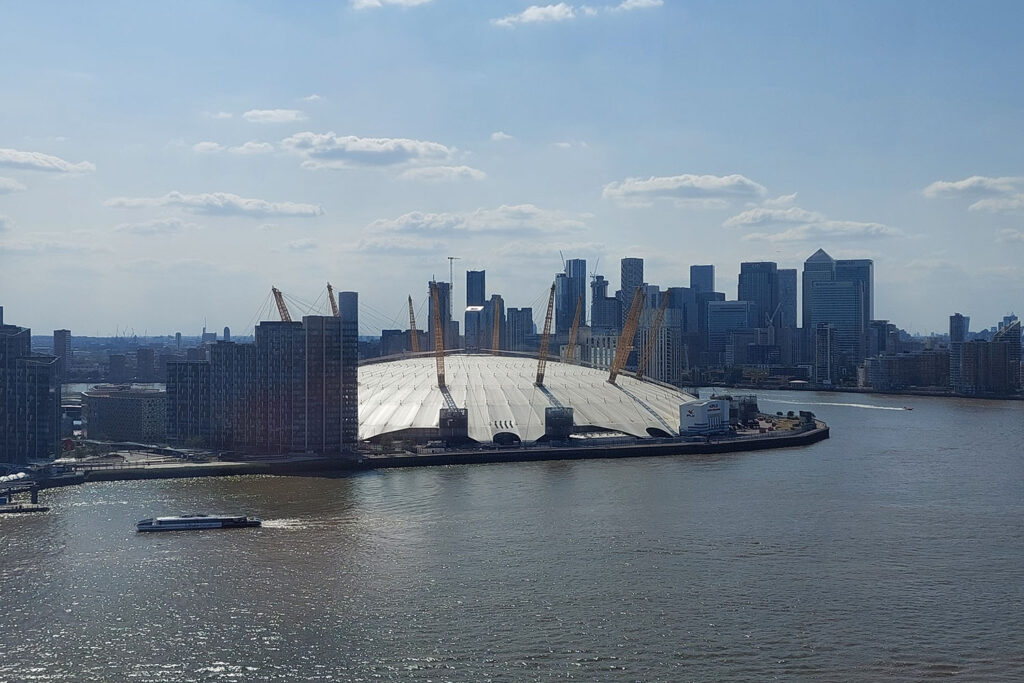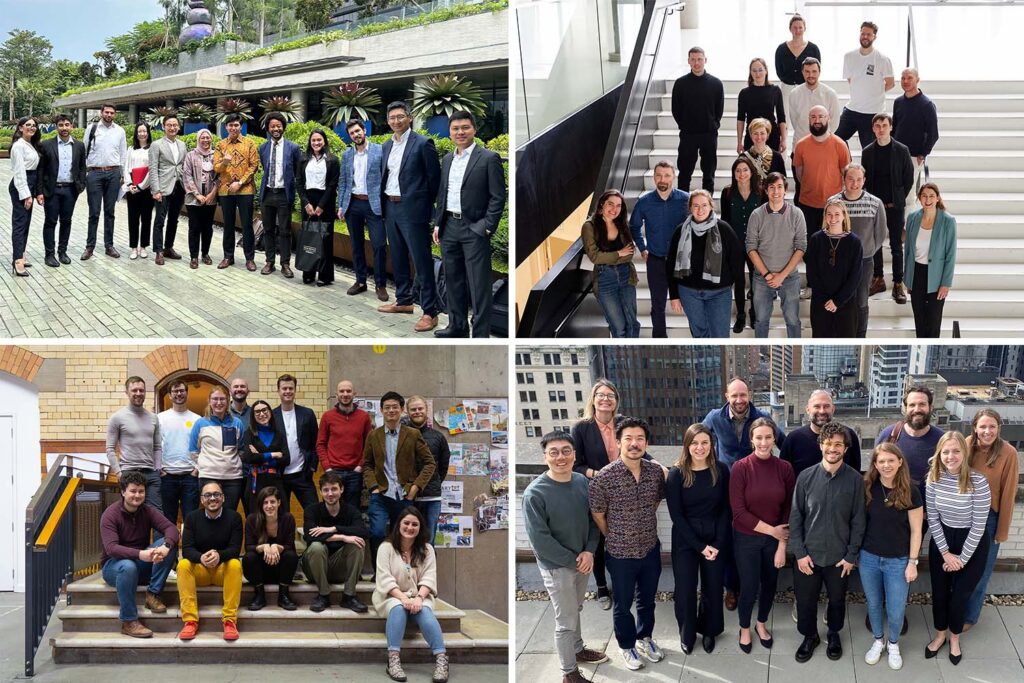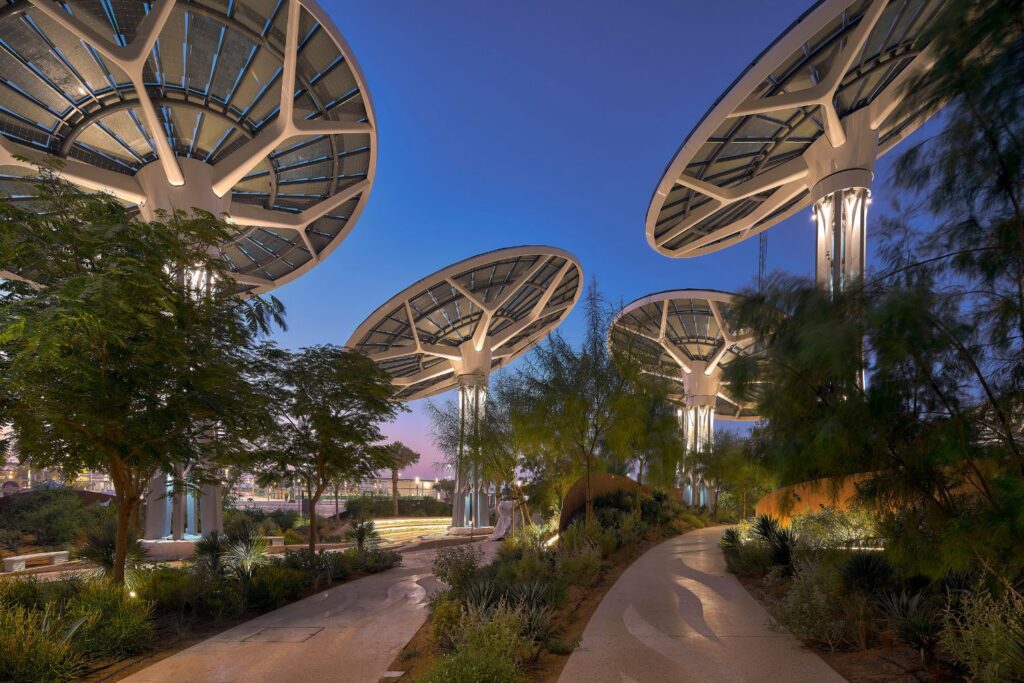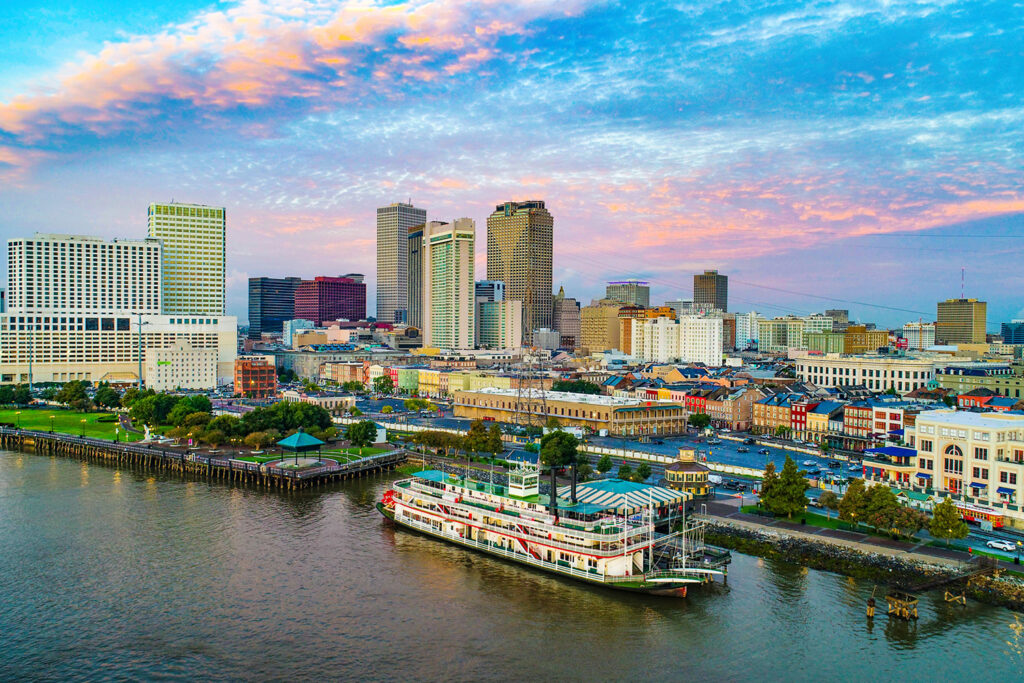London: Capital City or City of Capital? Five viewpoints
When the global Urban C:lab cohort met in London, we invited 5 experts to share their views on the provocation “Capital City or City of Capital?”.
Coming from different professions, the presentations by Professor Yolande Barnes (UCL Real Estate Institute), Rachel Huxley (C40 Cities), David West (Studio Egret West), Oliver Heywood (Allies and Morrison) and Edward Vaughan Dixon (Aviva Investors), were a key ingredient to the congress programme and helped to shine a light on the provocation from various perspectives. Here are the key findings the C:labbers took from the presentations.
Professor Yolande Barnes, UCL Real Estate Institute
“Form follows finance”
Professor Barnes started by delving into the changes in financial capital and their profound impacts on cities, as well as the transformative shifts it undergoes over time.
She commenced her presentation by introducing the diverse stages that cities have experienced throughout history, emphasizing the evolution from proximity to people to proximity to finance. This transition served as a compelling illustration of how the principle of “form follows finance” manifests in urban development.
Yolande posited that human capital is now supplanting financial capital as the primary driving force behind urban transformations. The immense value placed on knowledge, skills, and innovative ideas has sparked a paradigm shift, reshaping the urban fabric as cities increasingly prioritize their human resources.
When casting her gaze toward the future, Yolande explained that she envisages a striking concept she refers to as “hypermixity” – a state where diversity, inclusivity, and multi-functionality become the new norm. In this visionary urban setting, she imagines a blend of cultural, socioeconomic, and environmental factors converging to foster thriving communities.
She underscores the need for cities to embrace this “hypermixity”, facilitating collaboration and interaction among a diverse range of actors, including residents, businesses, academia, and policymakers. By nurturing and harnessing the power of human capital, cities can unlock their full potential and navigate the complex challenges of the future.
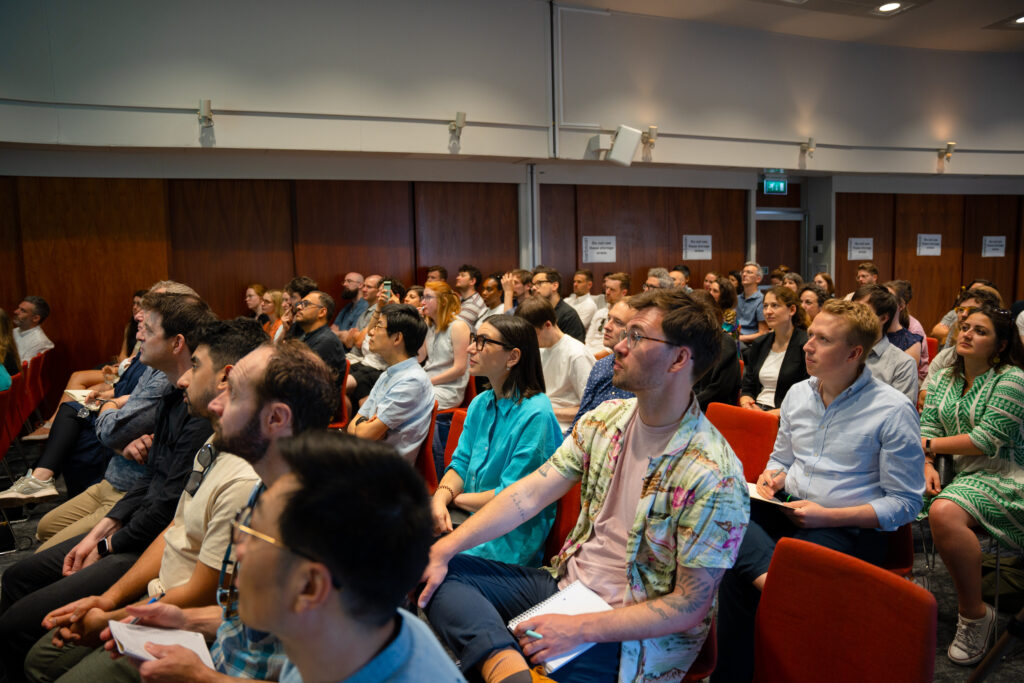
David West, Founding Director, Studio Egret West
“Embracing the temporary to actually be not just meanwhile but worthwhile”
David talked about the seven pillars of “community capital”, namely “natural, social, financial, cultural, political, built and human”. However, from his perspective the most striking blend in the mix of community capitals is the one between human and natural capital.
During the project “Mayfield Regeneration” in Manchester this specific blend led to transforming a former industrial site. By using natural, social and human capitals, the derelict area was turned into a key asset of the natural infrastructure of Manchester, where people can play, relax and even party.
Looking at London, David feels that the redevelopment of Earls Court is heading in the right direction because the Earls Court Development Company are taking time to invest in community capital before buildings. He also highlights the importance of transforming aged buildings through second lives and the importance of building identity through place activating programmes.
By illustrating the debate around the refurbishment of the UK Parliament and the 2016 proposal to temporarily relocate the Houses of Parliament to Bristol, he states that hesitating over decisions can hinder the creation of community value and actually increase the cost for the community. He contends that if the temporary proposal “HOP Bristol” had been embraced, by now we could see permanent value being created through the transformation of the initial temporary intervention.

Edward Vaughan Dixon, Head of Responsible Investment, Aviva Investors
“We must have better awareness of how our own money is invested, which will help it be invested in a better way”
Edward brought a unique perspective to the role of capital, specifically our individual capital and the role it plays in society through pensions, savings, and other investment funds.
During his presentation, Edward recapped an unfortunately familiar urban development story: private equity firms purchasing and renovating real estate which temporally revitalizes districts, followed by outlandish increases in rent prices and resulting in great strife, as local businesses and people are ousted from their own communities due to unaffordable rents.
We know this pattern of development is pervasive, but rather than simply blame business malpractice, Ed probed us to further question and consider the source of the capital used: “What if I told you that this private equity firm is responsible for pensions for teachers, fire fighters and nurses?”
Suddenly the wrong-doings of big business had a different lens, as this firm’s actions also aligned with maximizing returns for front line workers in their retirement and using their investments now to do so. It begged the question of whether these workers knew the actions that were taken to maximize their returns, and truly whether any of us as individuals have visibility into our own investments.
Edward’s desire is for individuals, investors, and communities to find means to direct investments in a way that benefit communities, rather than tearing them apart. He concluded his presentation with multiple calls to action for how this could be done:
- Better public private partners to invest back into local community
- Stronger government subsidies and investment in clean technologies that benefit the local communities
- Institutional allocation toward the right type of real estate investments that do not destroy small businesses

Dr. Rachel Huxley, Director of Knowledge and Research, C40 cities
“If you are trying to build a movement and a vision for climate action that will last, you have to speak to the stakeholders”
Rachel Huxley outlined the invisible institutional fabric and the associated barriers to change in our cities. Working with a network of nearly 100 cities globally, representing the interests of around 700 million citizens, C40 cities investigates how more progress regarding climate action can be done better and faster, to create a resilient and equitable world.
Rachel explained that for cities to be resilient to future climate change, “incremental change is just not going to cut it”. Therefore, to do significant climate action, our cities, mayors and governments need to radically alter their strategies for development, and question why these approaches have been adopted in the first place. C40 cities have worked to identify the barriers to change that cities face, flipping these barriers on their head to find the opportunities available to make a real difference.
The six barriers that have been identified are as follows:
- The silos that city governments are working in
- Horizontal and vertical coordination issues outside of local governments and municipalities
- Making the case for climate action
- Stakeholder engagement
- Access to finance
- Working with the private sector
Each of these six barriers present complicated challenges that mayors must solve to be able to make significant progress regarding doing more climate action, faster. However, the power that mayors have within their region lends itself to a great potential for these changes actually being made.
For making a real change, Rachel advises to take a step back and challenge the institutional barriers and assumptions that regulate our cities, before looking for solutions to the problems at hand.

Oliver Heywood, Director of Allies and Morrison
“As we’ve learnt, audiences change, funding changes and cities change”
Oliver Heywood offered his perspective on the significance of buildings in a city. He illustrates his viewpoint by using London’s Royal Festival Hall and the Barbican as examples, highlighting the challenges they faced, and the responses implemented.
Originally designed as cultural hubs for the affluent during a time dominated by cars, both the Royal Festival Hall and Barbican have undergone transformations to cater to a broader audience and assume a greater civic responsibility. These transformations have involved restoring public spaces, establishing connections, ensuring equal access, and seamlessly integrating into the urban fabric.
The success of the Royal Festival Hall and Barbican conveys a crucial message: as the city evolves, so must the role of its buildings. The examples presented demonstrate that while challenges were overcome and positive changes were made, the journey of adapting buildings to new roles is an ongoing process.
As we navigate this ever-changing world, the question of how we can prepare our city’s buildings for future changes remains unanswered. However, with a forward-thinking approach and a commitment to adaptability, we can ensure that our buildings continue to evolve alongside the dynamic needs of our cities, shaping a more inclusive and resilient urban landscape for generations to come.
Reimagining capital
Fuelled by the different views on the types of capital in a city, the presentations and debate gave our C:labbers food for thought and inspiration that was taken forward in the design sprint the next day. The key question we answered in seven groups during this sprint was “How would you re-imagine London’s existing assets to promote more equity in the built environment?”- the solutions we came up with will be shared shortly.
Whether they relate to embracing the temporary to harness worthwhile opportunities, transparency in our finances and how our money is invested, radical and rapid climate action, or reimagination of our existing building stock for changing population demographics, the presentation from the four guest speakers acted as a significant kickstart to these exciting conversations.

